Rehabilitation training after fracture involves reduction
Fixation, and functional exercise, which are the three major principles of fracture treatment.
Compression Fractures
Compression fractures of the lumbar spine are one of the most common spinal injuries in the elderly.
Due to the stability of most fractures, conservative treatment can be used. Rehabilitation exercises can begin 1-2 days after the injury.
Here, we introduce a simple and easy "five-point support method".
The specific method is:
lie on your back, support your body with your head, elbows, and feet, raise your waist, and extend upward with all your strength.
The patient can also lie prone, extend the upper limbs, arch the head and chest backward, straighten the abdomen, or extend the lower limbs, and lie prone.
Patients with good physical condition can also extend both upper and lower limbs simultaneously, forming an arc.
During lumbar exercise, patients should pay attention to the movement of each joint of the limbs to prevent muscle atrophy, joint contracture, and bone decalcification.
Within 3 months after the injury, avoid spinal flexion and do not stand up under load prematurely to prevent aggravating vertebral deformity.
During the recovery period within 3 months after the injury, patients should continue to strengthen the exercises for the lumbar and back muscles, while performing flexibility and flexibility exercises for the spine.
For example, you can sit on a gymnastics bench and bend the spine in various directions, appropriately combined with abdominal muscle training (such as sit-ups).
Long Bone Fractures
During the recovery period, which refers to the period from after orthopedic treatment of the fracture to before healing (before removing the fixation), the activity is relatively low.
First of all, maintain a scientific posture, sleep on a wooden bed with the shoulders raised between the two shoulders, and maintain the "shoulder external extension and extension position" with the middle high and the two shoulders low during sleep.
In addition, take deep breaths, move the trunk and lower limbs more, and actively exercise, such as fist clenching, finger extension, finger separation, wrist flexion and extension, and elbow flexion and extension, with as much amplitude as possible, gradually increasing the force.
By the second week, you can start squeezing small balls and perform resistance exercises such as wrist flexion and extension.
In the third week, you can also start supine exercises, supporting the head and both elbows to arch the chest.
During the recovery period after the removal of external fixation, patients can begin the rehabilitation training after two days.
The affected limb can be suspended with a neck and wrist suspension band and hung in front of the chest.
In addition to continuing the above exercises, you can also add lateral bending of the trunk towards the affected limb and shoulder swings to increase the range of motion.
From the third to the fourth day, start doing active movements in various directions of the shoulder joint.
Hip Fractures
Hip fractures are a common type of fracture in the elderly and are often treated with surgery.
Many patients have relatively short hospital stays due to economic reasons, making post-discharge home rehabilitation exercises particularly important.
Within 8 weeks after discharge, you can do the following exercises:
(1) Contraction and relaxation exercises of the muscles of both thighs (consciously contract and relax the muscles), 15-20 times per set.
(2) Flexion, extension, and rotation of both ankle joints, 10 times per set.
(3) Lift the buttocks. Use a bed suspension ring, bend the healthy knee joint, use the healthy foot to push the bed, and keep the affected limb raised buttocks under traction, 5 times per set. When lifting, keep the entire buttocks balanced without tilting, and lift them off the bed surface at an angle of 15-30 degrees.
Four weeks after discharge, depending on the patient's functional recovery, you can walk with crutches.
When going upstairs, the healthy limb goes up first, followed by the crutch; when going downstairs, the crutch goes down first, followed by the affected limb, and the healthy limb goes last.
From 8 weeks to 3 months after surgery, focus on training hip joint extension, straight leg lifting (lying flat, lifting the lower limb straight), and single-leg standing balance exercises.
Perform 10-15 times a day, 1-2 minutes each time.
Three months after surgery, if there is no pain or limping, crutches can be discarded (but avoid going out or walking long distances).
To prevent joint dislocation, "three don'ts" and "five avoidances" should be observed: do not overload, do not sit cross-legged, and do not sit on low stools; avoid heavy physical activity and running, avoid sudden standing up in hip adduction or internal rotation, and avoid leaning to the affected side to pick up things or answer the phone when the knees are together and the feet are apart.
Avoid sexual activity within 6-8 weeks, and avoid walking on uneven or slippery surfaces.
These three aspects complement each other, and none can be lacking.
Reduction and fixation create the premise and foundation for fracture healing, but the ultimate treatment effect depends on the patient's own functional exercise.
Otherwise, even if the fracture heals, the patient will only have a limb without function.
Through the explanation of the above article, we have become familiar with the causes, complications, symptoms, diet, prevention, treatment indications, and rehabilitation training of fractures.
We remind patients that getting sick is not terrible.
The key is to actively accept the doctor's drug treatment, combined with daily life rehabilitation exercises, and adhere to them actively, so that we can better enjoy the present good times.
OTHER NEWS
-
- Should I continue brushing if my gums bleed?
- By Dr. James 21 Mar,2024
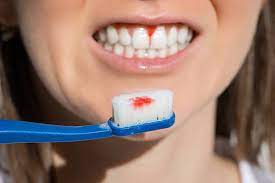
-
- Eating these foods can help bone fracture patients recover their health
- By Jason 05 Mar,2024

-
- How to relieve migraine after tooth extraction and its causes
- By Jason 14 Mar,2024

-
- The cause of abdominal bowel sounds
- By Jason 05 Mar,2024

-
- SUMMER DRESSES FOR DIFFERENT BODY TYPES
- By Fatima Amir 08 May,2024
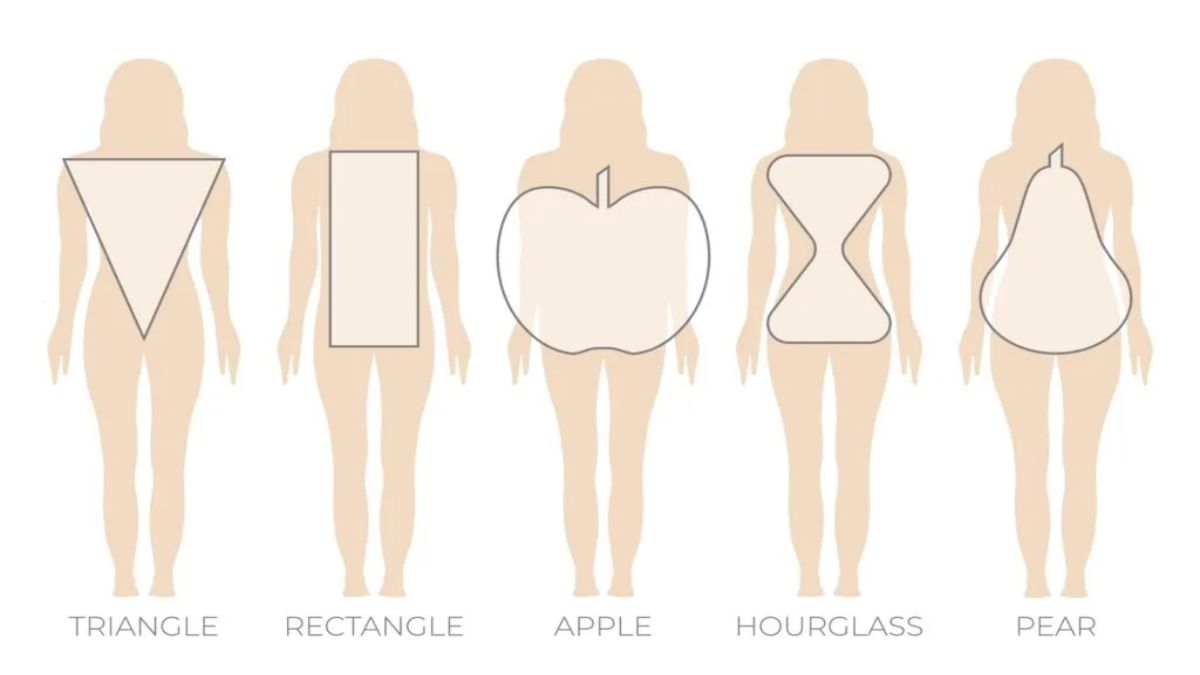
-
- 5 Non-surgical Beauty Treatments for Better Skin
- By Fatima Amir 07 May,2024

-
- 6 Yoga Postures for Staying Fit in your 60s
- By Fatima Amir 17 May,2024
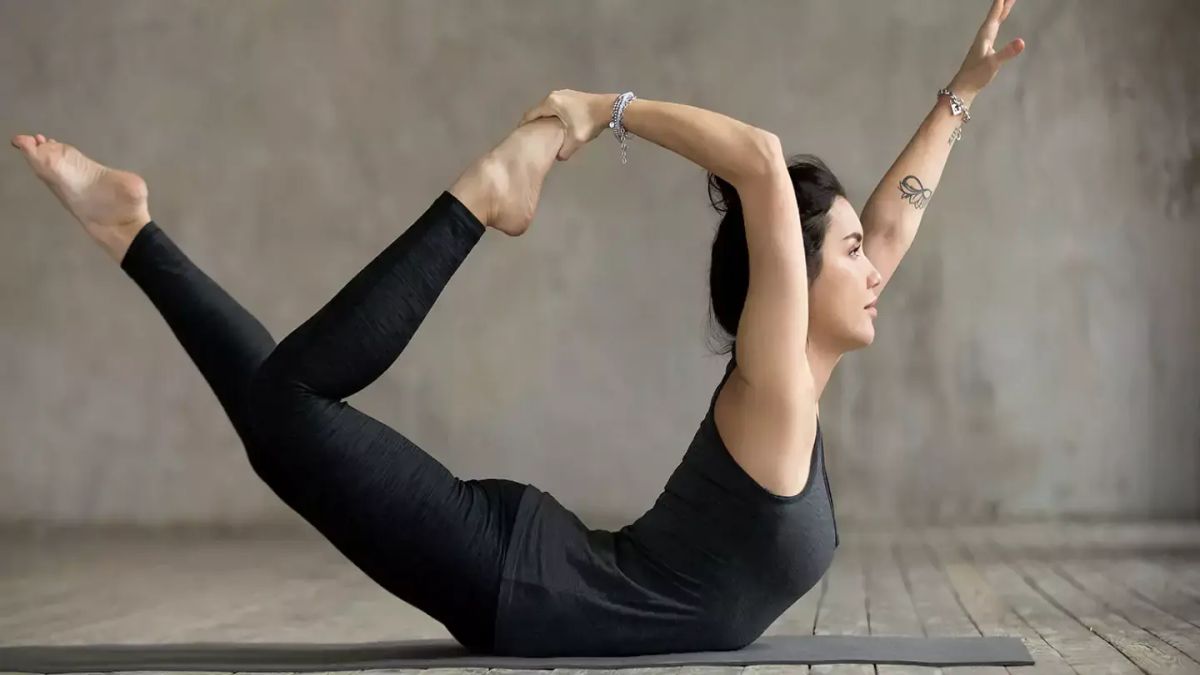
-
- How to Alleviate Lower Back Pain Through Diet
- By Jason 05 Mar,2024
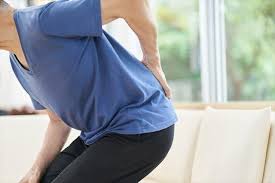
-
- Life Insurance for Different Life Stages_ What to Consider.docx
- By Prodosh Kundu 14 Aug,2024

-
- Possible causes of facial swelling
- By Jason 06 Mar,2024

-
- Questions to Ask your Doctor after Menopause and Health Chechups
- By Fatima Amir 23 May,2024

-
- Things You Need to Know About Gum Bleeding
- By Dr. James 21 Mar,2024
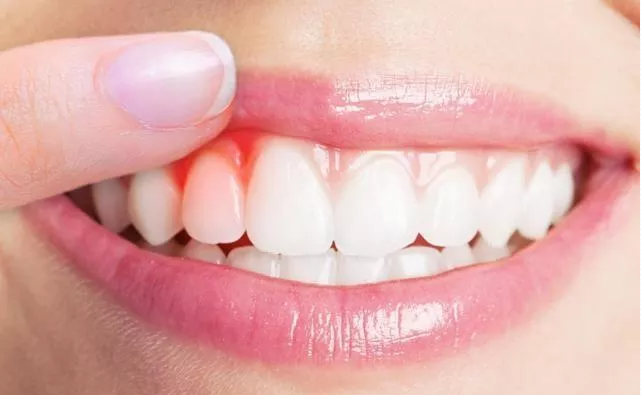
 1
1 1
1